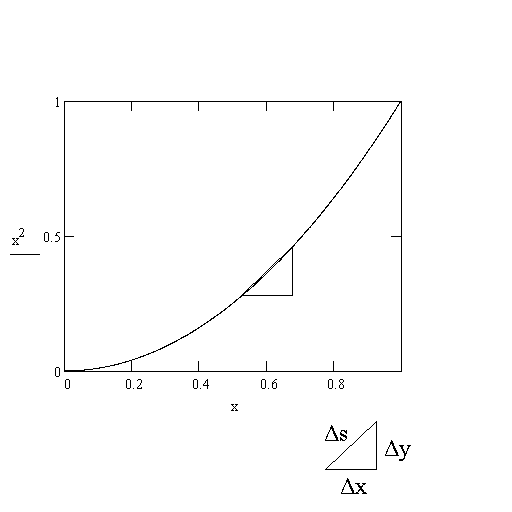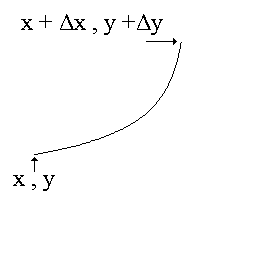| Have you found an error or do you want to add more
information to these pages? You can contact me at the bottom of the home page. |
| dy dx |
= 2 |
| d dx |
2x = 2 |
| lim | f(x) | = | lim f(x) | / | lim g(x) | |
| x → p | g(x) | x → p | x → p |


| Δy Δx |
= 2x | Δx Δx |
+ | (Δx)2 Δx |
| Δy Δx |
= 2x + Δx |

| f'(x) ≈ | f(x + Δx) - f(x) Δx |
| f'(x) ≈ | f(x + Δx) - f(x - Δx) 2(Δx) |
| Have you found an error or do you want to add more
information to these pages? You can contact me at the bottom of the home page. |